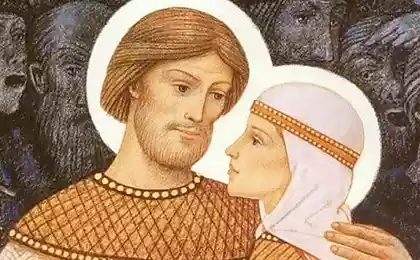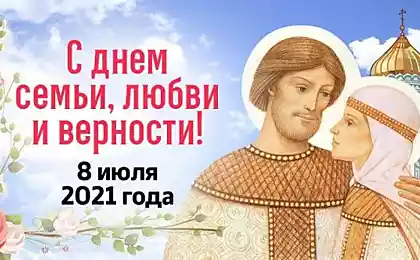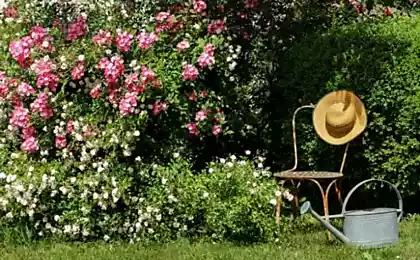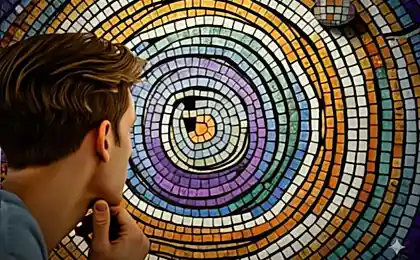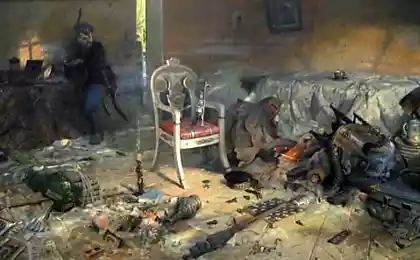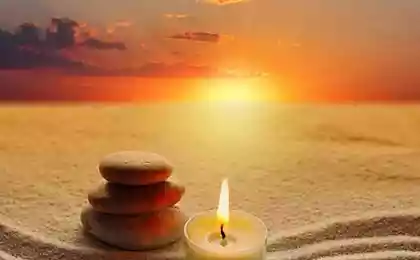190
The secret of happiness of Peter Kapitsa
An outstanding physicist, a world-famous scientist, twice a laureate of the Stalin Prize, a Nobel laureate, a brilliant experimenter, a brilliant engineer, one of the founding fathers of Phystech - this is only a small part of how the life of Peter Kapitsa was described. It seems that his fate is more than enviable, but in fact everything is not so fabulous.
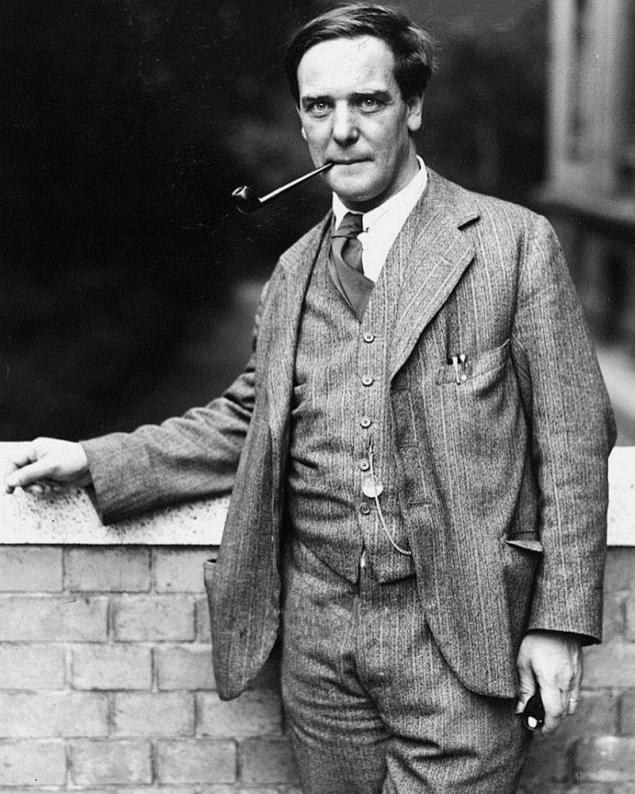
Editorial "Site" He continues a series of stories about outstanding people and will tell you today. biography. The complex and winding fate of a brilliant man and a great scientist.
Peter Kapitsa This year marks 125 years since his birth Petra Leonidovich Kapitsa. It’s not just a number, it’s a lifetime of great ups and downs. This is the life of a man that cannot be forgotten. This is a twisting and multicolored fate, similar to a rather dramatic novel.
Peter Leonidovich was born in the family of a nobleman Leonid Kapitsa and his wife, a collector of folklore Olga Ieronymovna. Peter became the second child in the family, born in July 1894 in Kronstadt. At first, he was sent to study at the gymnasium, but due to poor academic performance in Latin, he moved to school.

After that, he entered the St. Petersburg Polytechnic, where his abilities were appreciated. And not by anyone, but by the father of Soviet physics Joffe. The scientist immediately attracted Peter to work in the laboratory, and later greatly influenced his career.
During the First World War, Kapitsa voluntarily joined the ranks of the Russian Imperial Army and got a job as a driver of an ambulance. The service was not easy, cars with wounded were constantly under fire. However, he returned home unharmed, apparently fate kept the young scientist for future discoveries.
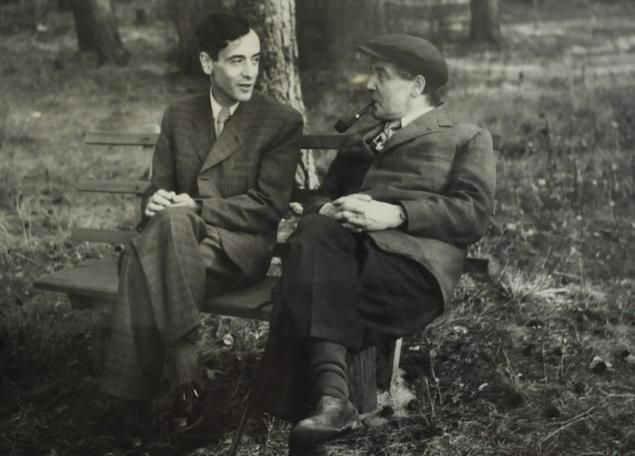
After demobilization, Kapitsa continued his studies and work in the laboratory, married. In 1916 Peter published his first scientific works. Three years later, he graduated and remained teaching at his favorite alma mater. He enjoyed his work, combining it with his experiments.
Everything was changed by the tragic events of 1920. Then Peter Leonidovich lost almost all family members. The epidemic of “Spanish” in one month took away his father, wife Hope, a year and a half son and a daughter of three days old. This greatly derailed the scientist, he even thought about suicide.
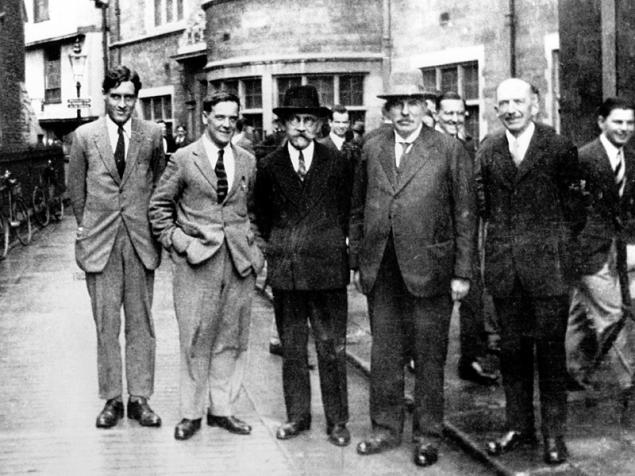
Saved his work, or rather an internship in a leading English laboratory, organized by Professor Ioffe. In the Cavendish Laboratory, Peter came under the leadership of the founder of nuclear physics, Ernest Rutherford. He quickly won the respect of the scientist, and over time between them formed a strong friendship.
For thirteen years, Cambridge was Kapitza’s second home. He became a doctor of science, engaged in a number of studies, received a grant for the laboratory and even organized his scientific circle. And in his life there was a muse – Anna Krylova. Peter and Anna immediately liked each other and almost never parted.
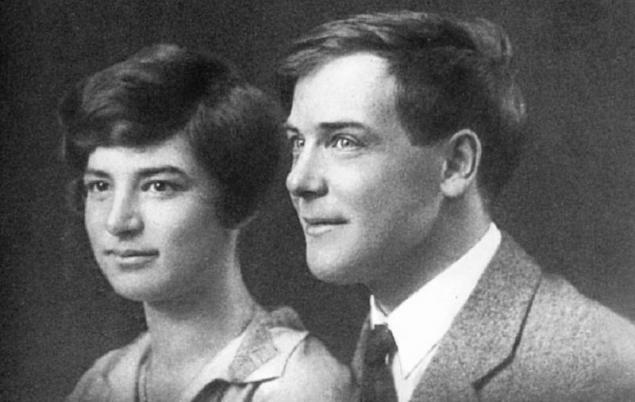
In her memoirs, Anna recalled: I realized that he would never propose to me. I told him I think we should get married. He was so excited. This is where we got married”. Their lives were beautiful.
In 1928, their first son Sergey was born. In the same year, Peter discovered the law of linear increase of electroresistance of metals (Kapitsa’s Law). In 1932 their youngest son Andrew was born. The family, especially his wife, became Peter’s new support.
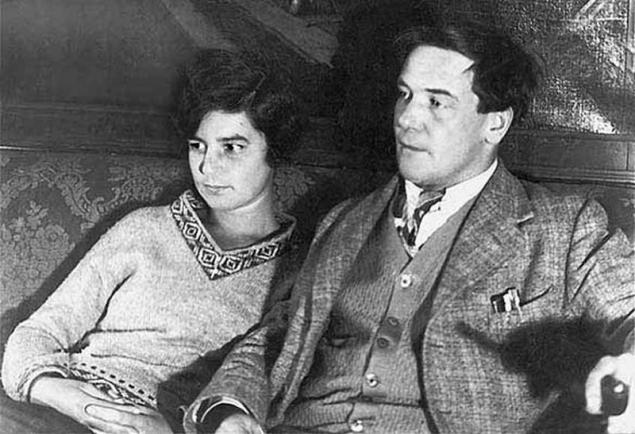
In 1934, Peter Leonidovich obtained liquid helium, which predetermined rapid progress in low-temperature physics. His scientific activity in Cambridge was very successful, which could not but attract attention at home. In the same year, Peter and his family went to visit their homes, so they did every year. However, he did not return to Cambridge soon.
On the way back, Peter was summoned to his superiors and informed that his visa had been canceled and that he had been ordered out of the country. It was one of the most difficult periods in the life of a scientist: no work or prospects. His nervous tension in those difficult months he extinguished long walks.
Months later, it was decided to build the Institute of Physical Problems for Kapitsa personally. To do this, he even transferred equipment from the Mondov laboratory at the request of Rutherford. Peter himself began to develop the plan of the Institute.

From 1936 to 1946, he worked on the production of liquid oxygen for military purposes, in particular for the manufacture of explosives. This became especially important during the war. In the same period, he discovered the superfluidity of helium, which also becomes a fundamental discovery.
It was for this discovery that Niels Bohr recommended Kapitza three times as a nominee for the Nobel Prize. It was only in 1978 that the Soviet scientist finally became a Nobel laureate. By the way, he completely kept the bonus money for himself without sharing it with the Soviet state.
Kapitsa’s relations with the Kremlin authorities have always been rather complicated. He never became a member of the Communist Party and wrote letters to the Soviet leadership (50 letters to Stalin). He expressed his views on the development of Soviet science. He also often defended other scientists and defended their rights.
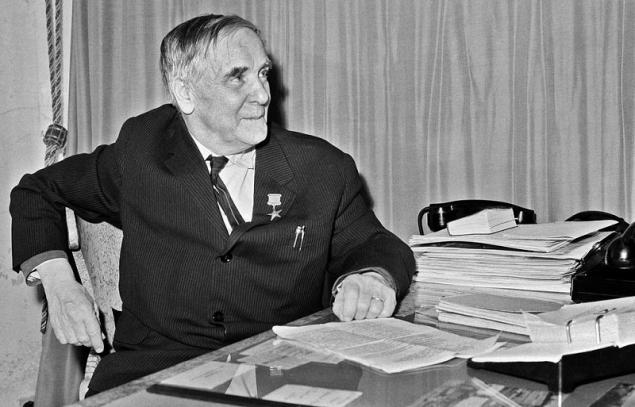
In 1945, he became a member of the secret committee to build the atomic bomb. This work burdened the scientist, because created a terrible weapon. Therefore, Kapitsa wrote Stalin a letter with a request to suspend him from work, citing problems with his superiors. Of course, after that, Peter Leonidovich finally fell out of favor with the authorities.
He continued his activities at his dacha, where he was equipped with his own laboratory. He lived there for years without leaving his studies. He returned to his hometown only after Stalin’s death. Even in old age, he was not afraid to show the authorities his point of view.
All his life he believed that one should be guided only by conscience, with which no compromise is possible. Pyotr Leonidovich was faithful to his principles all his life. Pyotr Kapitsa died before three months before his ninetieth birthday. His memory is still alive to this day.
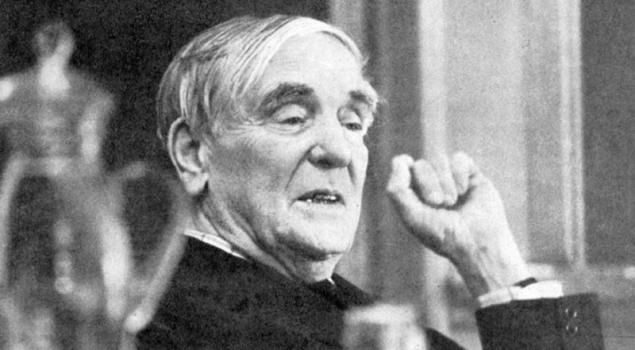
Not only did Peter Leonidovich become famous for his scientific works, his witty statements are quite well known. We decided to remember them, marking the 125th anniversary of the birth of the great scientist.
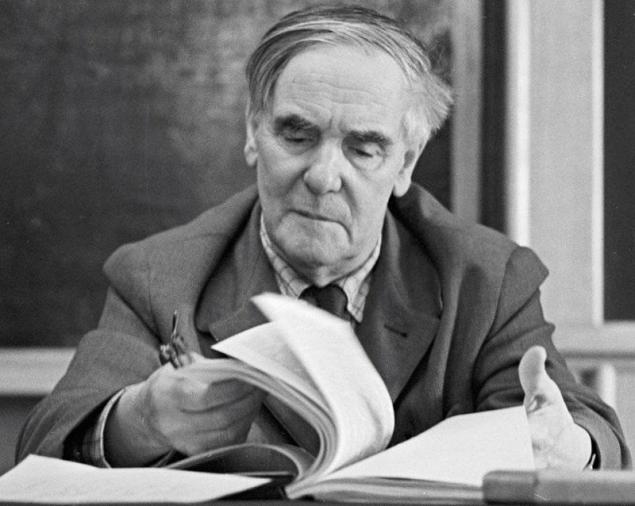
Earlier we talked about another great man - Boris Paton.
We also wrote about the inventions of Nikola Tesla and what you need to know about him.
And also told about Ignaz Semmelweiss, whose discovery changed modern medicine.

Editorial "Site" He continues a series of stories about outstanding people and will tell you today. biography. The complex and winding fate of a brilliant man and a great scientist.
Peter Kapitsa This year marks 125 years since his birth Petra Leonidovich Kapitsa. It’s not just a number, it’s a lifetime of great ups and downs. This is the life of a man that cannot be forgotten. This is a twisting and multicolored fate, similar to a rather dramatic novel.
Peter Leonidovich was born in the family of a nobleman Leonid Kapitsa and his wife, a collector of folklore Olga Ieronymovna. Peter became the second child in the family, born in July 1894 in Kronstadt. At first, he was sent to study at the gymnasium, but due to poor academic performance in Latin, he moved to school.

After that, he entered the St. Petersburg Polytechnic, where his abilities were appreciated. And not by anyone, but by the father of Soviet physics Joffe. The scientist immediately attracted Peter to work in the laboratory, and later greatly influenced his career.
During the First World War, Kapitsa voluntarily joined the ranks of the Russian Imperial Army and got a job as a driver of an ambulance. The service was not easy, cars with wounded were constantly under fire. However, he returned home unharmed, apparently fate kept the young scientist for future discoveries.

After demobilization, Kapitsa continued his studies and work in the laboratory, married. In 1916 Peter published his first scientific works. Three years later, he graduated and remained teaching at his favorite alma mater. He enjoyed his work, combining it with his experiments.
Everything was changed by the tragic events of 1920. Then Peter Leonidovich lost almost all family members. The epidemic of “Spanish” in one month took away his father, wife Hope, a year and a half son and a daughter of three days old. This greatly derailed the scientist, he even thought about suicide.

Saved his work, or rather an internship in a leading English laboratory, organized by Professor Ioffe. In the Cavendish Laboratory, Peter came under the leadership of the founder of nuclear physics, Ernest Rutherford. He quickly won the respect of the scientist, and over time between them formed a strong friendship.
For thirteen years, Cambridge was Kapitza’s second home. He became a doctor of science, engaged in a number of studies, received a grant for the laboratory and even organized his scientific circle. And in his life there was a muse – Anna Krylova. Peter and Anna immediately liked each other and almost never parted.

In her memoirs, Anna recalled: I realized that he would never propose to me. I told him I think we should get married. He was so excited. This is where we got married”. Their lives were beautiful.
In 1928, their first son Sergey was born. In the same year, Peter discovered the law of linear increase of electroresistance of metals (Kapitsa’s Law). In 1932 their youngest son Andrew was born. The family, especially his wife, became Peter’s new support.

In 1934, Peter Leonidovich obtained liquid helium, which predetermined rapid progress in low-temperature physics. His scientific activity in Cambridge was very successful, which could not but attract attention at home. In the same year, Peter and his family went to visit their homes, so they did every year. However, he did not return to Cambridge soon.
On the way back, Peter was summoned to his superiors and informed that his visa had been canceled and that he had been ordered out of the country. It was one of the most difficult periods in the life of a scientist: no work or prospects. His nervous tension in those difficult months he extinguished long walks.
Months later, it was decided to build the Institute of Physical Problems for Kapitsa personally. To do this, he even transferred equipment from the Mondov laboratory at the request of Rutherford. Peter himself began to develop the plan of the Institute.

From 1936 to 1946, he worked on the production of liquid oxygen for military purposes, in particular for the manufacture of explosives. This became especially important during the war. In the same period, he discovered the superfluidity of helium, which also becomes a fundamental discovery.
It was for this discovery that Niels Bohr recommended Kapitza three times as a nominee for the Nobel Prize. It was only in 1978 that the Soviet scientist finally became a Nobel laureate. By the way, he completely kept the bonus money for himself without sharing it with the Soviet state.
Kapitsa’s relations with the Kremlin authorities have always been rather complicated. He never became a member of the Communist Party and wrote letters to the Soviet leadership (50 letters to Stalin). He expressed his views on the development of Soviet science. He also often defended other scientists and defended their rights.

In 1945, he became a member of the secret committee to build the atomic bomb. This work burdened the scientist, because created a terrible weapon. Therefore, Kapitsa wrote Stalin a letter with a request to suspend him from work, citing problems with his superiors. Of course, after that, Peter Leonidovich finally fell out of favor with the authorities.
He continued his activities at his dacha, where he was equipped with his own laboratory. He lived there for years without leaving his studies. He returned to his hometown only after Stalin’s death. Even in old age, he was not afraid to show the authorities his point of view.
All his life he believed that one should be guided only by conscience, with which no compromise is possible. Pyotr Leonidovich was faithful to his principles all his life. Pyotr Kapitsa died before three months before his ninetieth birthday. His memory is still alive to this day.

Not only did Peter Leonidovich become famous for his scientific works, his witty statements are quite well known. We decided to remember them, marking the 125th anniversary of the birth of the great scientist.
- Bad people who work too hard and think too little.
- “There are three kinds of lies: lies, brazen lies, and statistics.”
- “It's not about size. The atomic nucleus is even smaller and the passions around it are even greater.”
- “No one argues here; there is a scientific discussion.”
- “Of course, one must be able to overcome difficulties, but one must be able not to raise them before oneself.”
- “In life, a man with endurance always wins. Not for half an hour, but for years!
- Life is like a card game you play without knowing the rules.
- “To lead is not to prevent good people from working.”

Earlier we talked about another great man - Boris Paton.
We also wrote about the inventions of Nikola Tesla and what you need to know about him.
And also told about Ignaz Semmelweiss, whose discovery changed modern medicine.


